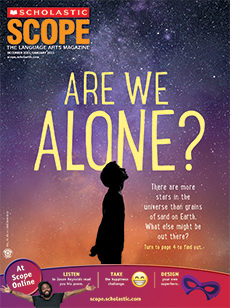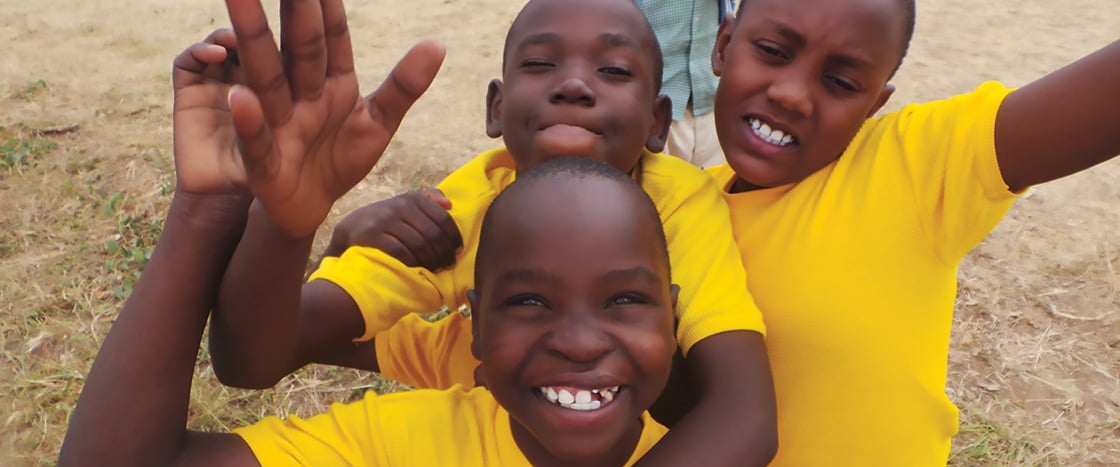As a baby develops during pregnancy, tissues from each side of the head grow toward the center of the face and then join together. Normally, the tissues that form the lips and the palate join between the fourth and ninth weeks of pregnancy. If these tissues fail to join together properly, the baby will be born with a cleft lip and/or a cleft palate. Each year, one out of every 700 babies is born with a cleft.
There is no consensus on what causes clefts, though most researchers believe that a variety of genetic and environmental factors may lead to the formation of a cleft. But with most babies, a definite cause is never determined. Depending on how serious a cleft is, it can interfere with eating, speaking, and breathing, and can lead to ear and dental problems as well.
In the United States, most babies born with clefts have surgery before they are one year old. Their scars quickly fade, and they live normal lives. But in other parts of the world, millions of children with clefts never have them fixed. The majority of these children live in areas of great poverty, where doctors and hospitals are scarce. In Osawa’s village, a person can live an entire lifetime and never once see a doctor.
Osawa’s parents, whose one-room house is made of mud bricks and topped by a grass roof, did not have the means to pay for surgery for Osawa. Even if they’d worked for years, growing corn and raising cattle on their small plot of land—even if they’d sold almost everything they owned—they could never have saved up enough.
Their only choice, it seemed, was to watch helplessly as their beloved boy suffered. Osawa struggled to chew, to swallow, to pronounce certain sounds. He endured the comments of neighbors who claimed that his cleft was a punishment from the heavens, a curse on his parents.
Unfortunately, such superstitions are common in some parts of the world. In these places, children with clefts are bullied and teased; some families are so ashamed that they abandon children with clefts.


